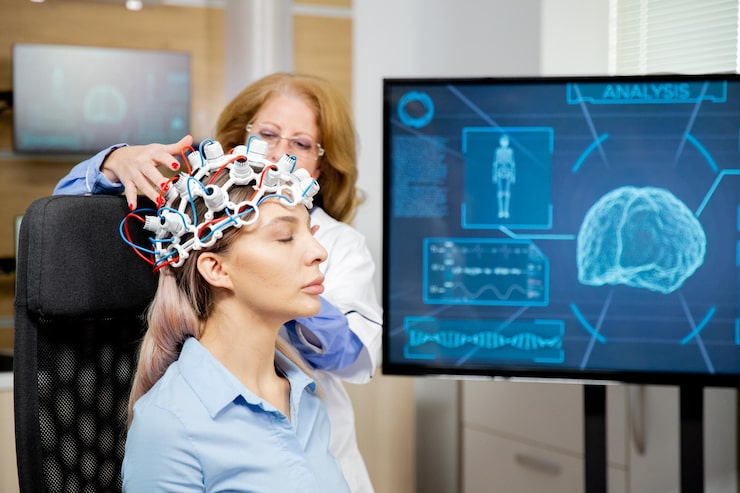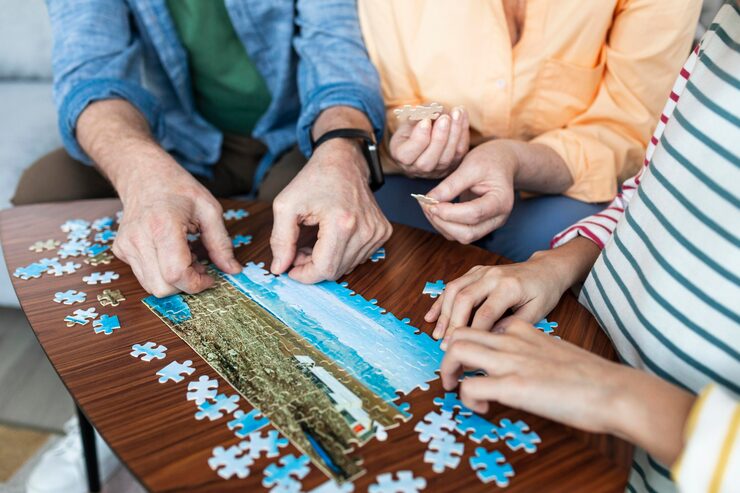Focal dystonia is a fascinating yet challenging neurological condition that disrupts the harmony between the brain and muscles, causing involuntary muscle contractions confined to a specific part of the body. Often misunderstood and sometimes referred to as “the yips,” it primarily affects people engaged in repetitive, skilled hand movements such as musicians, athletes, and writers, turning simple actions into frustrating struggles.
The Invisible Struggle
Imagine an artist painting, a pianist playing, or a writer holding a pen—activities that once flowed effortlessly can suddenly feel like a battlefield where fingers refuse to cooperate. This is the reality for those with focal dystonia, where finely tuned neural commands become scrambled, triggering spasms or cramps that make muscles twitch, curl, or freeze at the wrong moments. For many, this affects their dominant hand, robbing them of their craft, profession, and sometimes their identity.
What makes focal dystonia especially perplexing is its invisibility to the outside world. To others, the person may seem perfectly normal, but internally, they face a struggle with their own body as if trapped in a rhythmic dance with a rebellious partner. The brain’s basal ganglia, responsible for smooth coordination of movement, misfires signals, creating a loop of abnormal muscle activity. Unlike typical injuries, focal dystonia is a neurological puzzle without a clear single cause, though repetitive overuse and stress appear to be key factors.
Emotional and Psychological Impact
The impact of focal dystonia goes beyond physical symptoms. The emotional and psychological toll can be profound. Imagine the frustration and anxiety of a skilled musician whose fingers suddenly betray years of training or the embarrassment of a professional who can no longer type, write, or perform simple tasks easily. This can lead to mood changes, disrupted sleep, fatigue, and depression as individuals grapple with loss and uncertainty.
Types of Focal Dystonia
Focal dystonia presents in several unique forms, each linked to the affected body part:
- Focal Hand Dystonia (Writer’s or Musician’s Cramp): Involuntary contractions in fingers and hand during highly practiced tasks like playing instruments or writing.
- Cervical Dystonia: Muscle spasms in the neck cause abnormal postures and discomfort.
- Blepharospasm: Involuntary blinking or eyelid closure.
- Spasmodic Dysphonia: Spasms of the vocal cords disrupting speech.
Common across these types is the loss of control over movements that once felt automatic, challenging precision and skill.

Treatment and Coping Strategies
There is currently no cure for focal dystonia, but several treatments can improve quality of life. These include:
- Medications such as muscle relaxants
- Botulinum toxin (Botox) injections to reduce muscle spasms
- Physical therapy to retrain muscles
- Deep brain stimulation in advanced cases, modifying brain activity to reduce symptoms
Lifestyle adjustments like avoiding overuse and managing stress are also crucial to prevent symptom worsening.
A Story of Resilience
The story of focal dystonia is not only about loss but also resilience and adaptation. Many affected individuals develop creative coping strategies, finding new ways to engage with their passions and work around limitations. Support groups, therapy, and education empower those impacted to regain control and hope.
Conclusion
Focal dystonia reminds us of the delicate and complex choreography of our nervous system. It calls for deeper understanding of brain-muscle connections and persistent progress in neurological research. For those living with it, every small victory—be it a note played without a spasm or a word written—becomes a triumph of human spirit over neurological adversity.



